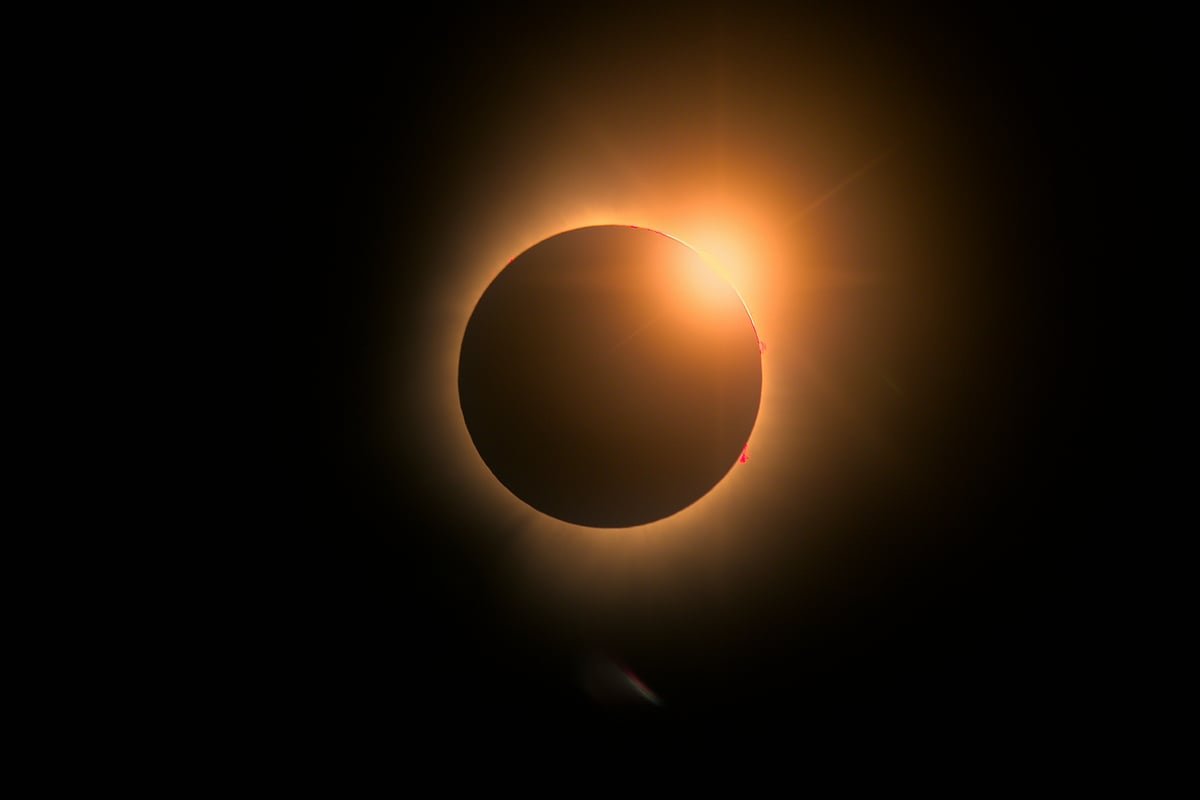After a majestic lunar eclipse experience, the month of September is set to inspire and amaze us with another rare celestial event: a partial solar eclipse on Sept. 21. This astronomical event, also known as Surya Grahan in India, will not be visible in all parts of the Earth.
A solar eclipse occurs when the Moon passes directly between the Sun and Earth. During such an event, the Moon casts a shadow on the Earth and blocks sunlight.
On Sept. 21, a partial solar eclipse will be visible from parts of Australia, Antarctica, Pacific Ocean and Atlantic Ocean. NASA explains that eclipses occur when the Earth, Moon, and Sun come together in a near perfect alignment in space. These celestial events allow scientists to study the Sun, Moon, and Earth’s atmosphere.
During a total solar eclipse, the Moon completely blocks the Sun’s light, creating a night-like atmosphere on Earth. The day turns dark for a few minutes. During a partial eclipse, there is a noticeable dimming of daylight, NASA explained.



